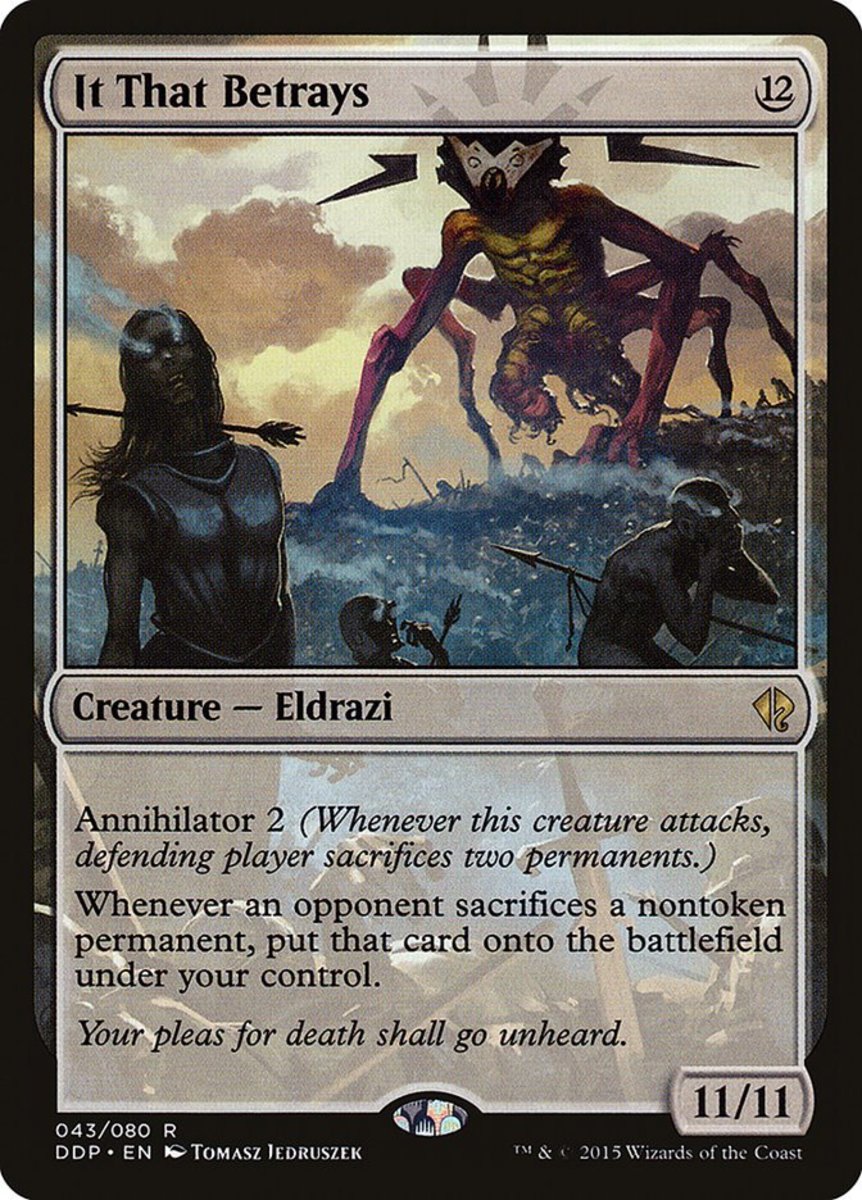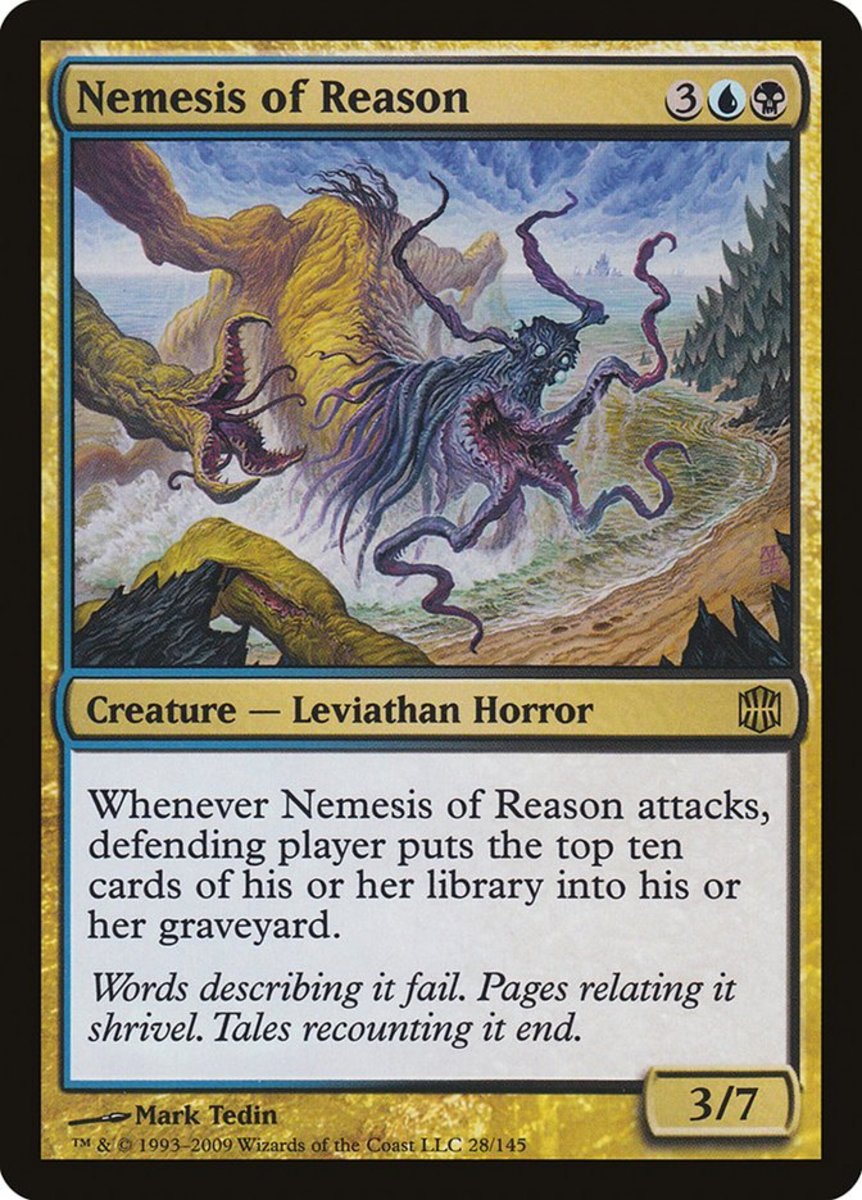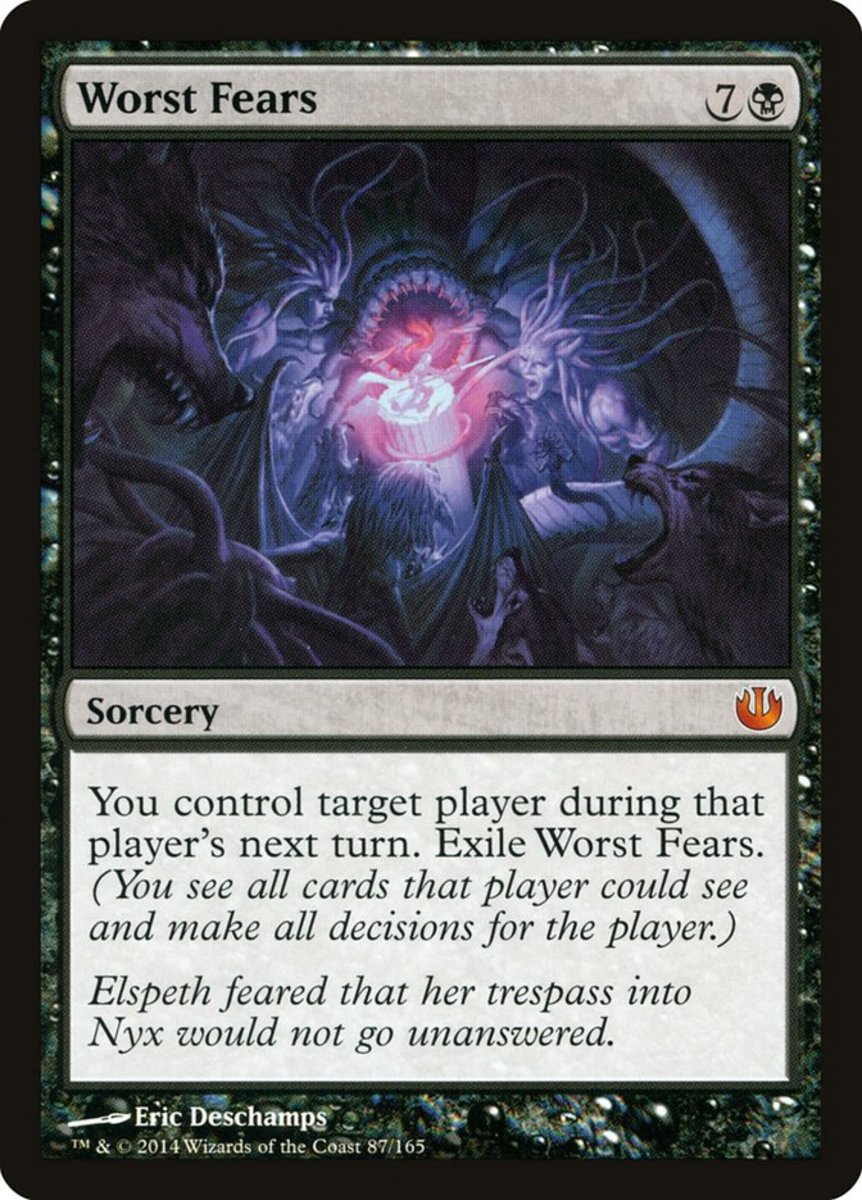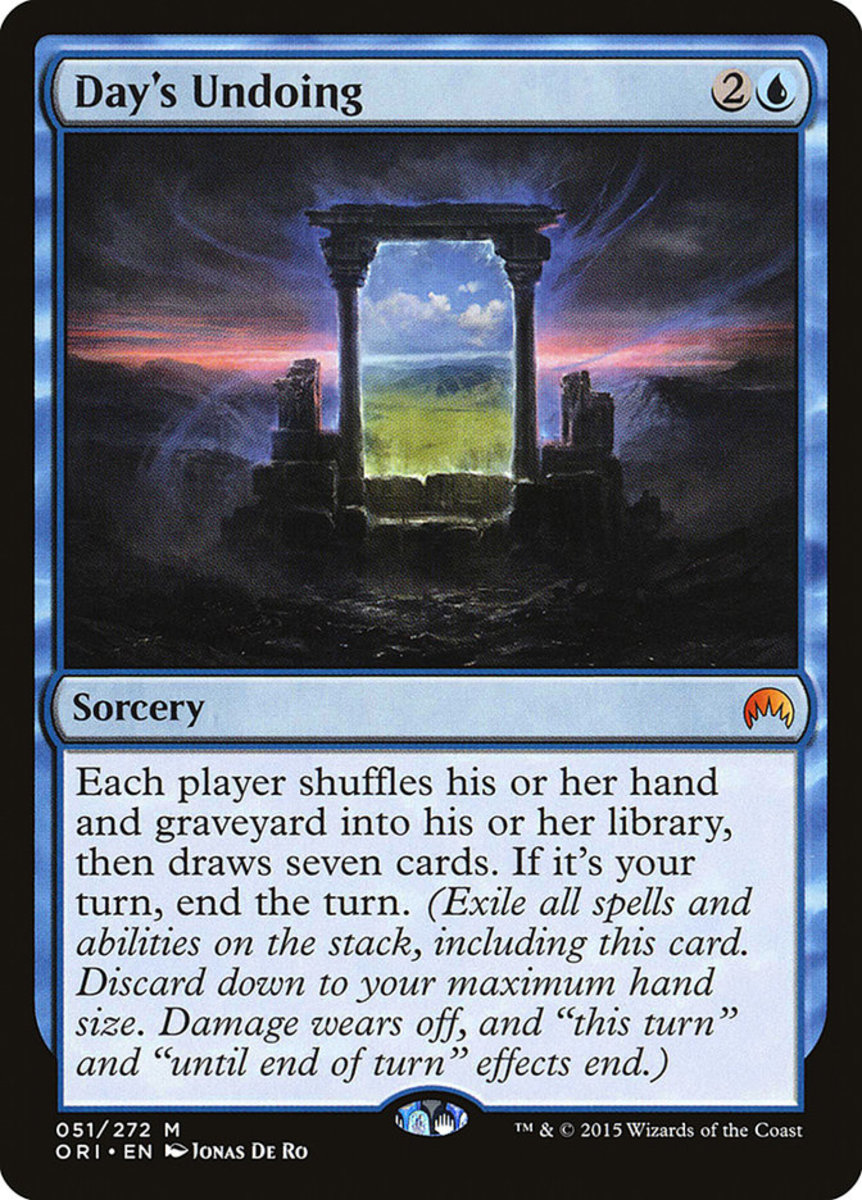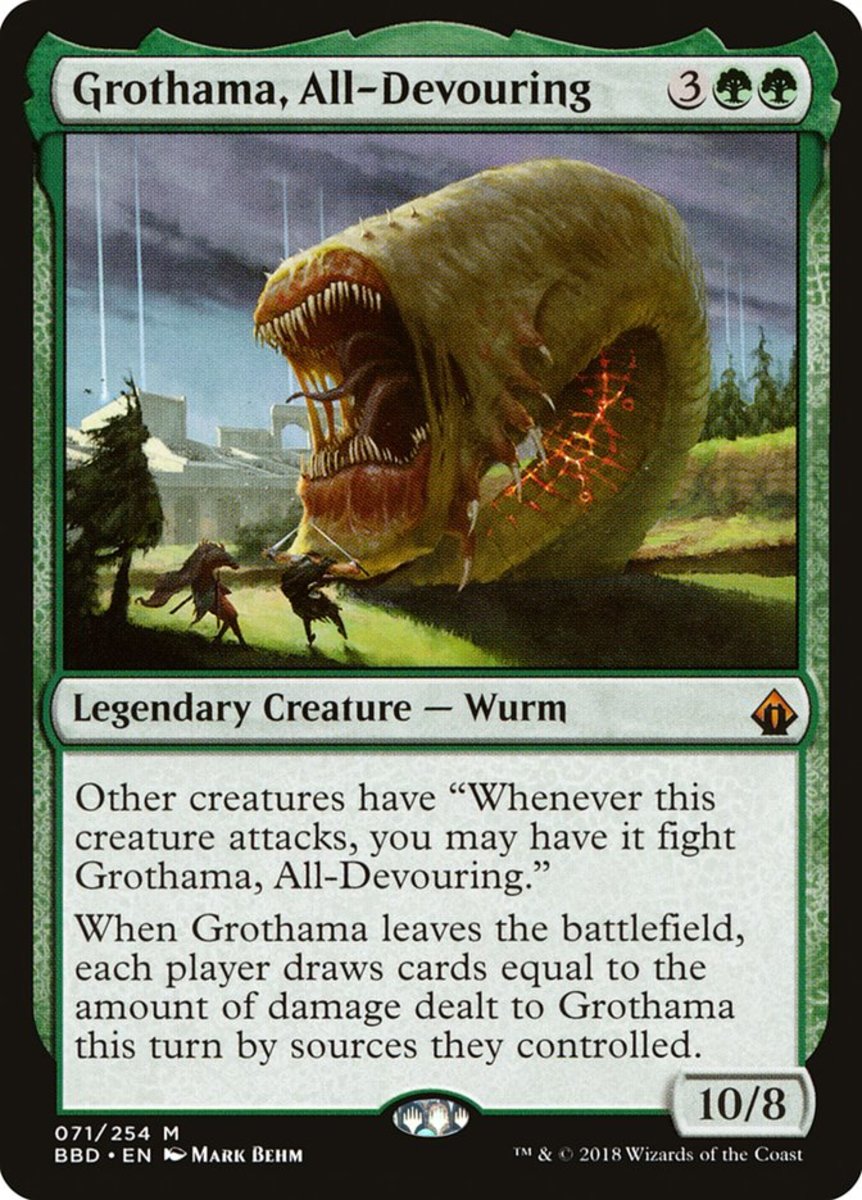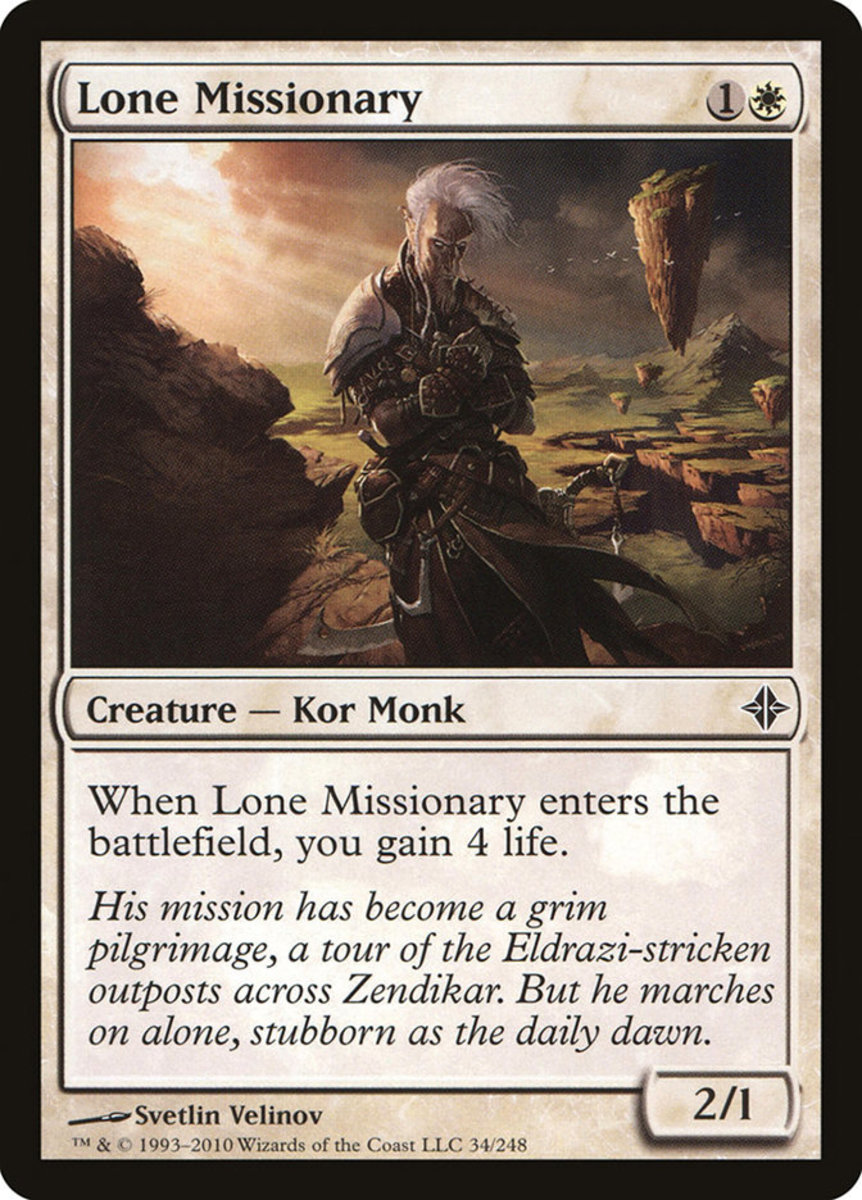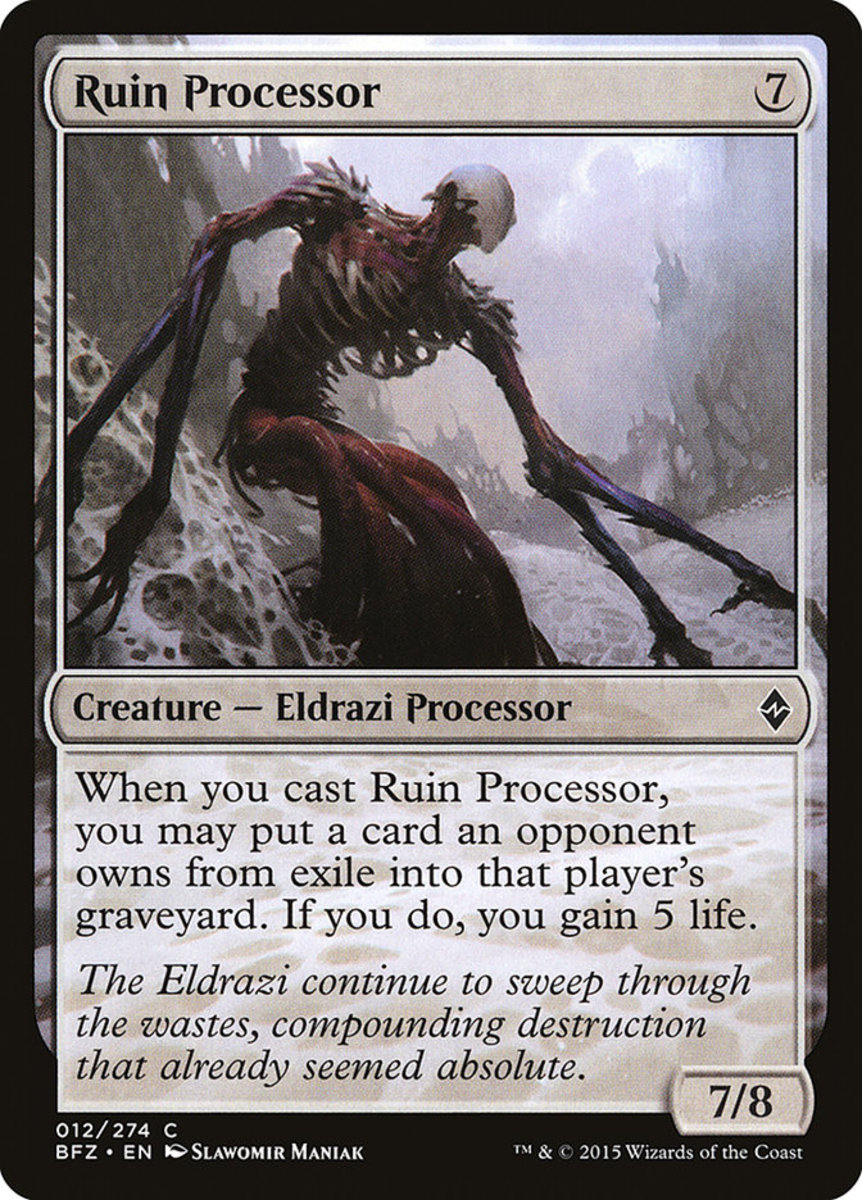- HubPages»
- Games, Toys, and Hobbies»
- Card Games»
- Collectible Card Games
Magic:The Gathering Booster Draft Explained
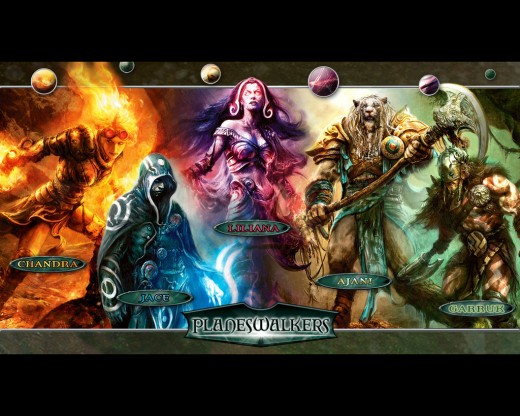
Sealed Booster Draft Explained
Sealed booster draft is the most popular format amongst skilled Magic players. Unlike constructed, where your budget and dependence on favorable matchups are key, drafting success is much more based on skill. Your success is greatly determined by your abillity to value picks, build a solid deck, and adjust to your opponents picks.
To begin a booster draft you must buy 3 booster packs and you may have to small prize support fee. Cost is around $10-15.00. When the draft is set to begin you will be seated at a table of nine, sometimes more, and get ready to open your first pack. When instructed to do so you open your first pack and select one card that will become part of your deck, You pass the rest of your cards to your left and repeat the same process. Once the first pack is completed you repeat the same process but pass to your right instead. Finally, with the last pack, you pass to your left again.
Once you have selected all your cards, 45 in total, you may begin constructing your deck. Your deck must contain a minimum of 40 cards, including basic lands. Usually they will be provided but if you are not sure it is always a good idea to bring some. Basic lands are the only cards you may use in your deck that were not selected by you in your draft.
After deck construction, you will be seated for round one of the tournament. At this point on rules follow typical constructed tournament rules. All matches are best out of three. Drafts are either single elimination or round robin. In single elimination play continues until only one winner remains.
Draft Strategy
Draft strategy can simply be described with the acronym B.R.E.A.K. Piick cards in this order of importance.
- Break-Bombs. Any card that can single handedly win a game on it's own. These are usually taken first pick and almost never last beyond second pick. On the second and more often third pack they may be passed to you because the card does not fit in the deck of the person passing to you. Sometimes donks don't properly value them and they will pass them to you.
- Removal-Cards that remove threats from the game. In a draft there are going to be bonbs that you must deal with. If you can't remove your opponents threats you are almost sure to lose.
- Evasion-Evasion is for cards that can protect themselves somehow. Things like flying, shroud, fear, etc..
- Abilities-Cards with triggered or activiated abilities that make them more useful than plain vanilla cards.
- Krap-Everything not already mentioned. These range from filler to unplayables. By the last picks these are often what are left.
Break is a good start but you need more of a strategy to build a winning deck. Taking only the best cards without tying them together into a theme leaves you with an incosistent deck.You need to be aware of what kind of cards are avialable and build your deck around that. You don't want to be building the same kind of deck as the person passing to you. This is where pick reading comes into play.
For the first few picks of the first pack you will simply take the very best cards available no matter how they fit together. Soon a pattern will emerge based on what kind of cards are being passed to you. If your opponent is passing you very strong red cards that means it is open. Don't make the mistake of thinking a color is open when it may not be. If you are seeing a lot of blue cards but they are all weak that means very little. There just may be a lot of blue cards. Stick to the strongest colors, or themes, being passed to you.
By the time you get to the second pack your opponent should have noticed what you are not passing to him. This should mean that you are handed very strong cards by him. Furthermore, your opponent to your left is also going to know by now what kind of deck you are building.
By third pack your deck should be becoming very strong and your main focus should be shoring up any weaknesses. If you are low in cheap creatures, or fatties now is the time to make sure you get them. Picking the best card becomes far less important then picking the cards that are going to help your deck the most.
Ussually you and the person to your left and right are going to be working together to stay out of each others way. Sometimes it pays to go against this though and hate draft. Hate drafting is taking a card that you can not play so your opponents can't use it against you. This can be a dangerous strategy because each card you hate draft means one less playable in your deck. Furthermore, you may not even face the deck you are hate drafting. Only use this strategy if there are no playables or simply would not be able to answer the card in question.
After selecting all of your cards you need to build your deck. Make sure you get your land count right. You will want about 16-18 mana sources depending on your mana curve and eck type. This will leave you with about 23 spells. Pay careful attention to how it will curve out and about the synergies.
Get Started Drafting
Drafts can be found at your local gaming store. Contact them for further information. Side drafts can also be found at most larger tournaments so you can try one if you are eliminated from contention early. You can even draft online. Learning how to draft well involves lots of practice and plenty of losing but it is a very exciting format and a true test of your skill.
Magic Draft Resources
- Magic: The Gathering Strategy at StarCityGames.com
Selling over 15,000 Magic the Gathering singles and packing over 8,000 Magic strategy articles, StarCityGames is the finest source for Magic: the Gathering sales, strategy, and humor! - Daily MTG : Magic: The Gathering
Wizards of the Coast official online Magic magazine - Friday Night Magic
Play Friday Night Magic at your local gaming store - Magic drafting blog
Blogger who chronicles his drafts with complete reviews and analysis


